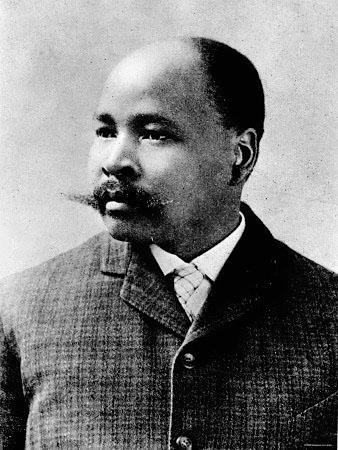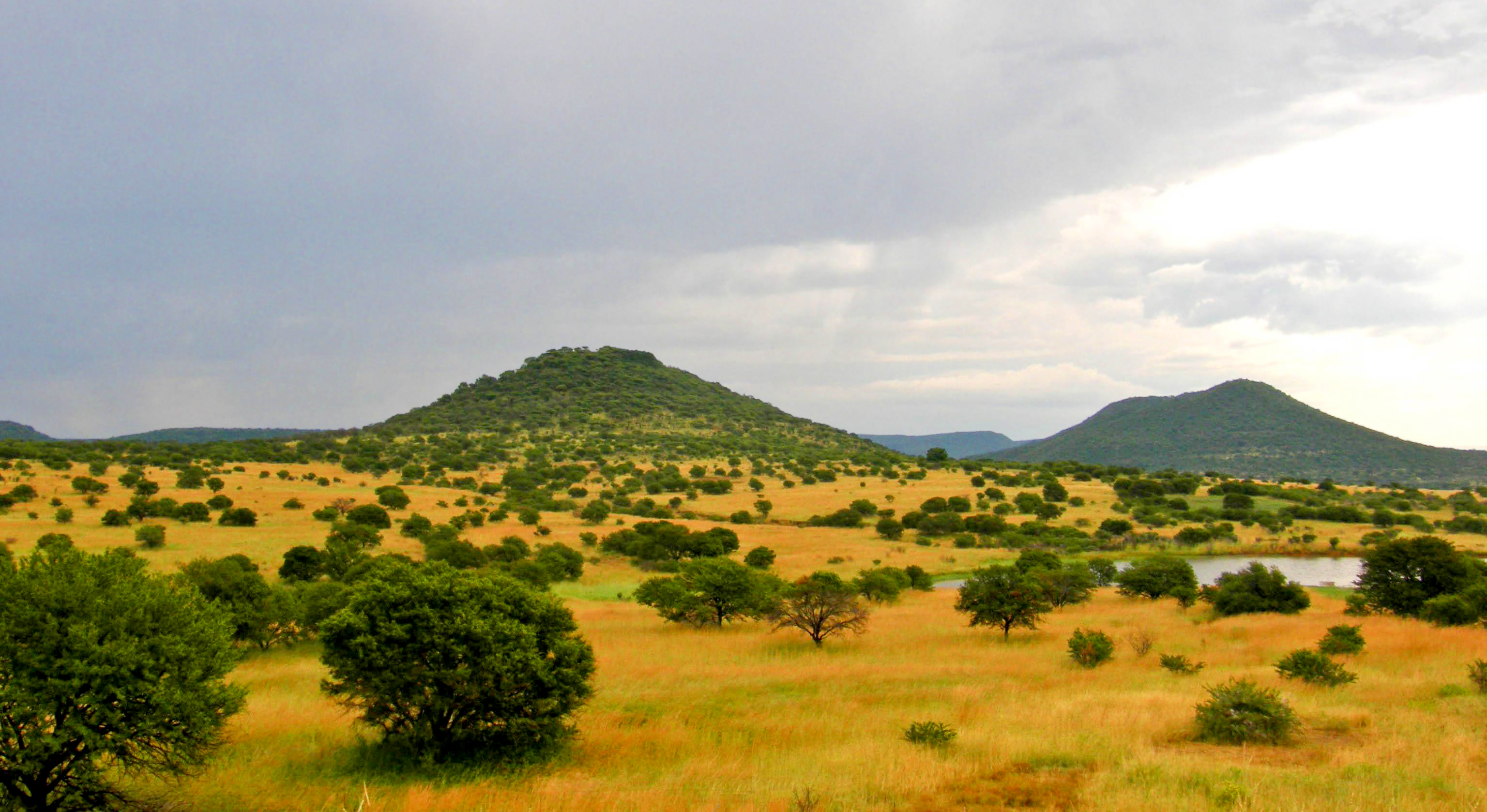|
Inanda Dam
Inanda Dam is an earth-fill type dam located on the Mgeni River, near Inanda, KwaZulu-Natal, South Africa. It was established in 1989 and its primary purpose is to serve for domestic and industrial use. Inanda Dam Wall.JPG, Inanda Dam Wall Inanda Dam 2011.jpg, Inanda Dam See also *List of reservoirs and dams in South Africa *List of rivers of South Africa References List of South African Damsfrom the Department of Water Affairs and Forestry (South Africa) The Department of Water and Sanitation is one of the departments of the South African government. It is responsible for the state of water and sanitation in South Africa. In May 2009, following the election of Jacob Zuma, the Department of W ... Dams in South Africa Dams completed in 1989 {{SouthAfrica-dam-stub ... [...More Info...] [...Related Items...] OR: [Wikipedia] [Google] [Baidu] |
Mgeni River
The Umgeni River or Mgeni River ( zu, uMngeni) is a river in KwaZulu-Natal, South Africa. It rises in the "Dargle" in the KZN Midlands, and its mouth is at Durban, some distance north of Durban's natural harbour. The name is taken to mean "the river of entrance" in Zulu, though other meanings have been proposed. The river is approximately long with a catchment area of . The Howick Falls are some famous waterfalls on the Mngeni. Tributaries A noteworthy tributary is the Msunduzi River, which joins it between Nagle and Inanda dams. Higher up its course, the Msunduzi (or 'Dusi' for short) passes through the KwaZulu-Natal capital Pietermaritzburg. A famous downriver race, the Dusi Canoe Marathon takes place between the capital and Durban, attracting thousands of canoeists for the three-day event held in January every year. A small tributary that has an impact exceeding its size and length is the Lions River which joins the Umgeni about 4 kilometers upstream of Midmar Dam (near Li ... [...More Info...] [...Related Items...] OR: [Wikipedia] [Google] [Baidu] |
Inanda, KwaZulu-Natal
Inanda or eNanda (isiZulu: ''pleasant place'', also possibly, ''level-topped hill'') is a township in KwaZulu-Natal, South Africa that is situated 30 km north-west of the Durban CBD; it forms part of eThekwini Metropolitan Municipality, eThekwini, the Greater Durban Metropolitan Municipality. Populated primarily by Zulu language, Zulu-speaking Black Africans, Inanda Township is the home of John Langalibalele Dube, first president of the African National Congress (ANC), as a residence/base of operations of Mahatma Gandhi, and as birthplace of the syncretic Nazareth Baptist Church History Brief Description Inanda Township is one of the original townships in the EThekwini Metropolitan Municipality. In the 1600s Inanda Township was nothing more than an oasis for the few local Indigenous farmers. Until in the late 1700s when white settlers arrived in the area. Then in the 1800s, Inanda Township was used as a 'Reserve' for Black & uneducated people. In 1936, Indian farmers joined l ... [...More Info...] [...Related Items...] OR: [Wikipedia] [Google] [Baidu] |
South Africa
South Africa, officially the Republic of South Africa (RSA), is the southernmost country in Africa. It is bounded to the south by of coastline that stretch along the South Atlantic and Indian Oceans; to the north by the neighbouring countries of Namibia, Botswana, and Zimbabwe; and to the east and northeast by Mozambique and Eswatini. It also completely enclaves the country Lesotho. It is the southernmost country on the mainland of the Old World, and the second-most populous country located entirely south of the equator, after Tanzania. South Africa is a biodiversity hotspot, with unique biomes, plant and animal life. With over 60 million people, the country is the world's 24th-most populous nation and covers an area of . South Africa has three capital cities, with the executive, judicial and legislative branches of government based in Pretoria, Bloemfontein, and Cape Town respectively. The largest city is Johannesburg. About 80% of the population are Black South Afri ... [...More Info...] [...Related Items...] OR: [Wikipedia] [Google] [Baidu] |
Department Of Water Affairs
The Department of Water and Sanitation is one of the departments of the South African government. It is responsible for the state of water and sanitation in South Africa. In May 2009, following the election of Jacob Zuma, the Department of Water Affairs and Forestry was divided, with the forestry responsibility being transferred to the Department of Agriculture, Forestry and Fisheries. The Department of Water and Sanitation was established in May 2014 by President Jacob Zuma with former Gauteng Premier Nomvula Mokonyane becoming the first Minister (26 May 2014 – 28 January 2018). She was replaced by Gugile Nkwinti. Corruption and incapacitation The department has developed a reputation for fraud, corruption and procurement irregularities. The 2019/20 financial year report noted R10-billion had been squandered by the department, and the 2020-21 financial report has found another R10-billion in irregular expenditure. As a result of this widespread, large-scale and persiste ... [...More Info...] [...Related Items...] OR: [Wikipedia] [Google] [Baidu] |
KwaZulu-Natal
KwaZulu-Natal (, also referred to as KZN and known as "the garden province") is a province of South Africa that was created in 1994 when the Zulu bantustan of KwaZulu ("Place of the Zulu" in Zulu) and Natal Province were merged. It is located in the southeast of the country, with a long shoreline on the Indian Ocean and sharing borders with three other provinces and the countries of Mozambique, Eswatini and Lesotho. Its capital is Pietermaritzburg, and its largest city is Durban. It is the second-most populous province in South Africa, with slightly fewer residents than Gauteng. Two areas in KwaZulu-Natal have been declared UNESCO World Heritage Sites: the iSimangaliso Wetland Park and the uKhahlamba Drakensberg Park. These areas are extremely scenic as well as important to the surrounding ecosystems. During the 1830s and early 1840s, the northern part of what is now KwaZulu-Natal was established as the Zulu Kingdom while the southern part was, briefly, the Boer Natalia Repu ... [...More Info...] [...Related Items...] OR: [Wikipedia] [Google] [Baidu] |
List Of Reservoirs And Dams In South Africa
The following is a partial list of dams in South Africa. __NOTOC__ In South African English (as well as Afrikaans), a dam refers to both the wall as well as the reservoir or lake that builds up as a consequence. List of dams (reservoirs) * N Nett or working capacity * G Gross or maximum capacity * I The Bedford and Bramhoek dams form part of the Ingula Pumped Storage Scheme * D The Driekloof and Kilburn dams form part of the Drakensberg Pumped Storage Scheme * P The Kogelberg and Rockview dams form part of the Palmiet Pumped Storage Scheme * S The Steenbras Dam – Upper and Steenbras Hydro-Electric Lower Dam form part of the Steenbras Pumped Storage Scheme * V The Voëlvlei Dam is an off-channel reservoir supplied by canals from the Klein Berg River, Leeu River and Vier-en-Twintig River, and discharging by canal into the Great Berg River. See also * Water supply and sanitation in South Africa * List of lakes of South Africa * List of rivers of South Africa * Lis ... [...More Info...] [...Related Items...] OR: [Wikipedia] [Google] [Baidu] |
List Of Rivers Of South Africa
This is a list of rivers in South Africa. It is quite common to find the Afrikaans word ''-rivier'' as part of the name. Another common suffix is "''-kamma''", from the Khoisan term for "river" Meiring, Barbara"South African Toponymic Guidelines for Map and other editors: Fourth Edition" 12. Retrieved on 30 April 2013. (often tautologically the English term "river" is added to the name). The Zulu word ''amanzi'' (water) also forms part of some river names. The Afrikaans term ''spruit'' (compare spring) often labels small rivers. List * A Drainage basin code assigned by the Department of Water Affairs (South Africa), a complete list is available at Drainage basins of South Africa Gallery Image:South Africa Topography.png, Topographic map of South Africa. Image:Orange watershed topo.png, Course and watershed of the Orange River with topography shading and political boundaries. Image:Groot River.jpg, Grootrivier in Nature's Valley, stained a tea colour by plant tannins ... [...More Info...] [...Related Items...] OR: [Wikipedia] [Google] [Baidu] |
Department Of Water Affairs And Forestry (South Africa)
The Department of Water and Sanitation is one of the departments of the South African government. It is responsible for the state of water and sanitation in South Africa. In May 2009, following the election of Jacob Zuma, the Department of Water Affairs and Forestry was divided, with the forestry responsibility being transferred to the Department of Agriculture, Forestry and Fisheries. The Department of Water and Sanitation was established in May 2014 by President Jacob Zuma with former Gauteng Premier Nomvula Mokonyane becoming the first Minister (26 May 2014 – 28 January 2018). She was replaced by Gugile Nkwinti. Corruption and incapacitation The department has developed a reputation for fraud, corruption and procurement irregularities. The 2019/20 financial year report noted R10-billion had been squandered by the department, and the 2020-21 financial report has found another R10-billion in irregular expenditure. As a result of this widespread, large-scale and persiste ... [...More Info...] [...Related Items...] OR: [Wikipedia] [Google] [Baidu] |
Dams In South Africa
A dam is a barrier that stops or restricts the flow of surface water or underground streams. Reservoirs created by dams not only suppress floods but also provide water for activities such as irrigation, human consumption, industrial use, aquaculture, and navigability. Hydropower is often used in conjunction with dams to generate electricity. A dam can also be used to collect or store water which can be evenly distributed between locations. Dams generally serve the primary purpose of retaining water, while other structures such as floodgates or levees (also known as dikes) are used to manage or prevent water flow into specific land regions. The earliest known dam is the Jawa Dam in Jordan, dating to 3,000 BC. The word ''dam'' can be traced back to Middle English, and before that, from Middle Dutch, as seen in the names of many old cities, such as Amsterdam and Rotterdam. History Ancient dams Early dam building took place in Mesopotamia and the Middle East. Dams were used ... [...More Info...] [...Related Items...] OR: [Wikipedia] [Google] [Baidu] |




